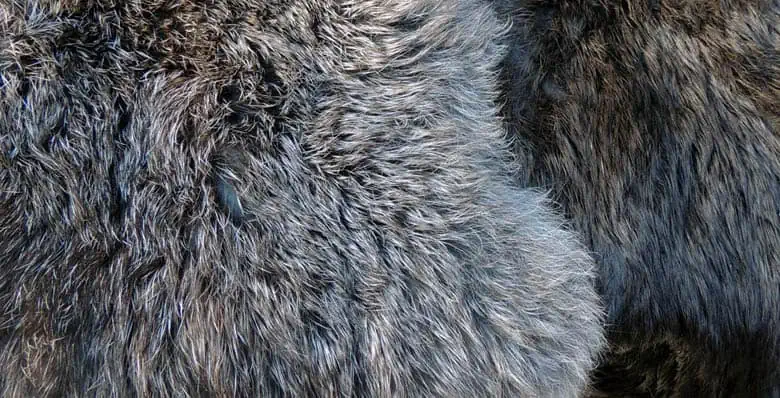Tanning Skins
I imagine tanning skins or preserving them didn’t come too long after the ancient craft of hunting. The idea of skin coverings, particularly in colder climates, likely happened as the skin was pulled off to bare the meat. Perhaps the first step was to wrap the fleshy skin around the shoulders! There would be little doubt that early clothing made from animal skins rotted, smelt and became hard and dried out. How clothing made from animal skins evolved in the history of tanning skins.
Tanning is possibly an accidental discovery. Tannin leaches out of leaves, bark, and organic matter and enters water streams in many places around the world. One of our favourite drinks, ‘tea’, is an example of matter containing tannin. We could imagine a scenario where brown-coloured water containing tannin was carried in skins, and the skin accidentally turned into leather over time.
Kangaroo Tanning Skins
The small mat above is kangaroo skin from the Centre of Australia in the early 1970s. In the early years of my life, our family lived on kangaroo meat, and each rectangle in this mat came from the back-piece of a kangaroo. I cured these small pieces as a young boy, some 50 years ago, by sprinkling saltpetre (potassium nitrate) and alum on the skin, followed up with the application of liberal amounts of neat’s-foot oil. They didn’t turn out to be the supplest leather, but even after 50 years, there is very little hair slip, and the fur skin has stood the test of time. Notice that the fur is very short as these kangaroos lived in the 45-degree heat of Australia’s desert interior.
Years later, and with much more experience, I tanned many skins, including possum, wallaby, kangaroo, deer, goat and sheep. For example, 4 Bennet Wallaby skins make up the vest above. These are from the alpine high country of Tasmania. Notice how the fur is quite long and fluffy. As a result, the white tip easily blends with the snow-covered vegetation on the highlands. This fur vest is 37+ years old and still very supple and in good condition. Incidentally, the Leidrieter’s kit (no longer available) was used to tan these skins. It was a chrome salt and a neat’s-foot blend was one of the best kits available.
Australia has many trees that contain a significant amount of tannin, including Wattles, Mangrove Trees, Gum Trees, and some fig, oak and honeysuckle trees.
Old books available in archives
1. The Art Of Tanning Leather: A New And Improved System Theoretically and practically Considered in all Its Details, written by David Kennedy in 1857 with 260 pages.
2. The Arts Of Tanning, Currying and Leather Dressing, written by Campbell Morfit in 1852, was 570 pages in length. “The art of tanning is that by which animal skins are converted into leather. A product possessing certain characteristic properties. Differing entirely from those of the raw material, and eminently adapting it to the useful purposes for which it is employed.”
3. The Furriers Friend: Dressing and Tanning Of Fur Skins and Hides, written by Gottfried is only 24 pages long but packed with useful information. When they are green only a few hours to get the dirt and salt cut. When dry for 2 or 3 days soak the skin in water. In summer change the water every day.



